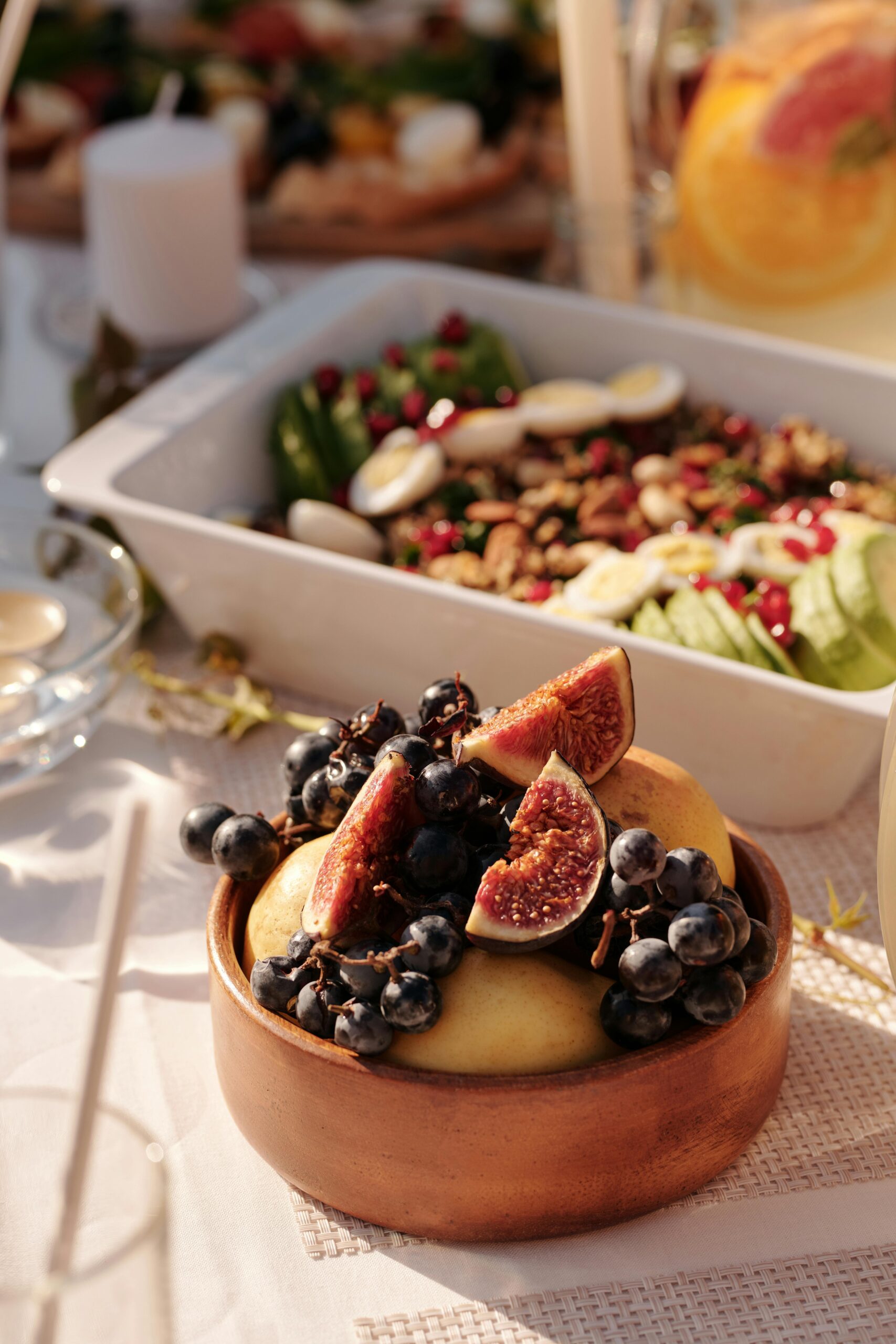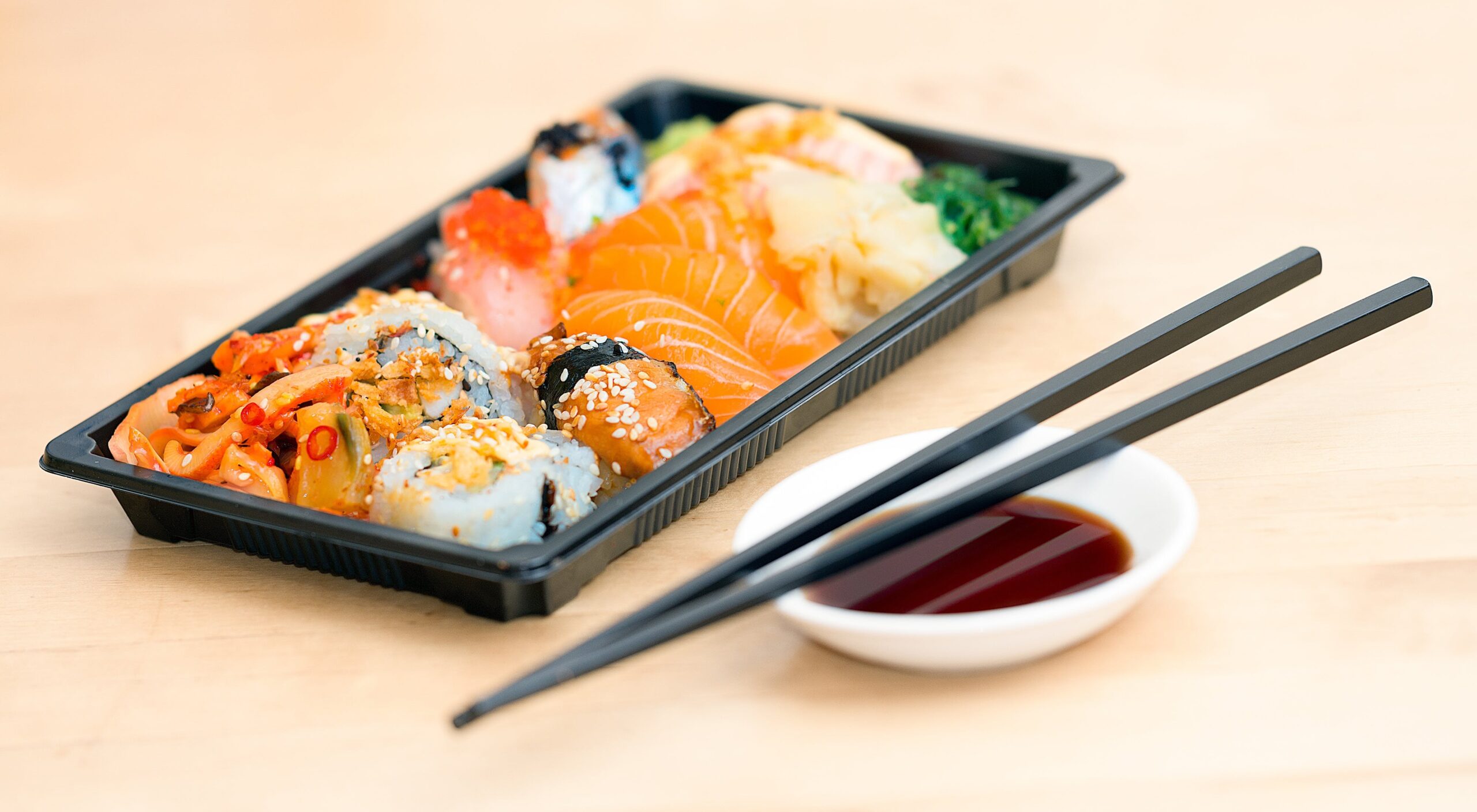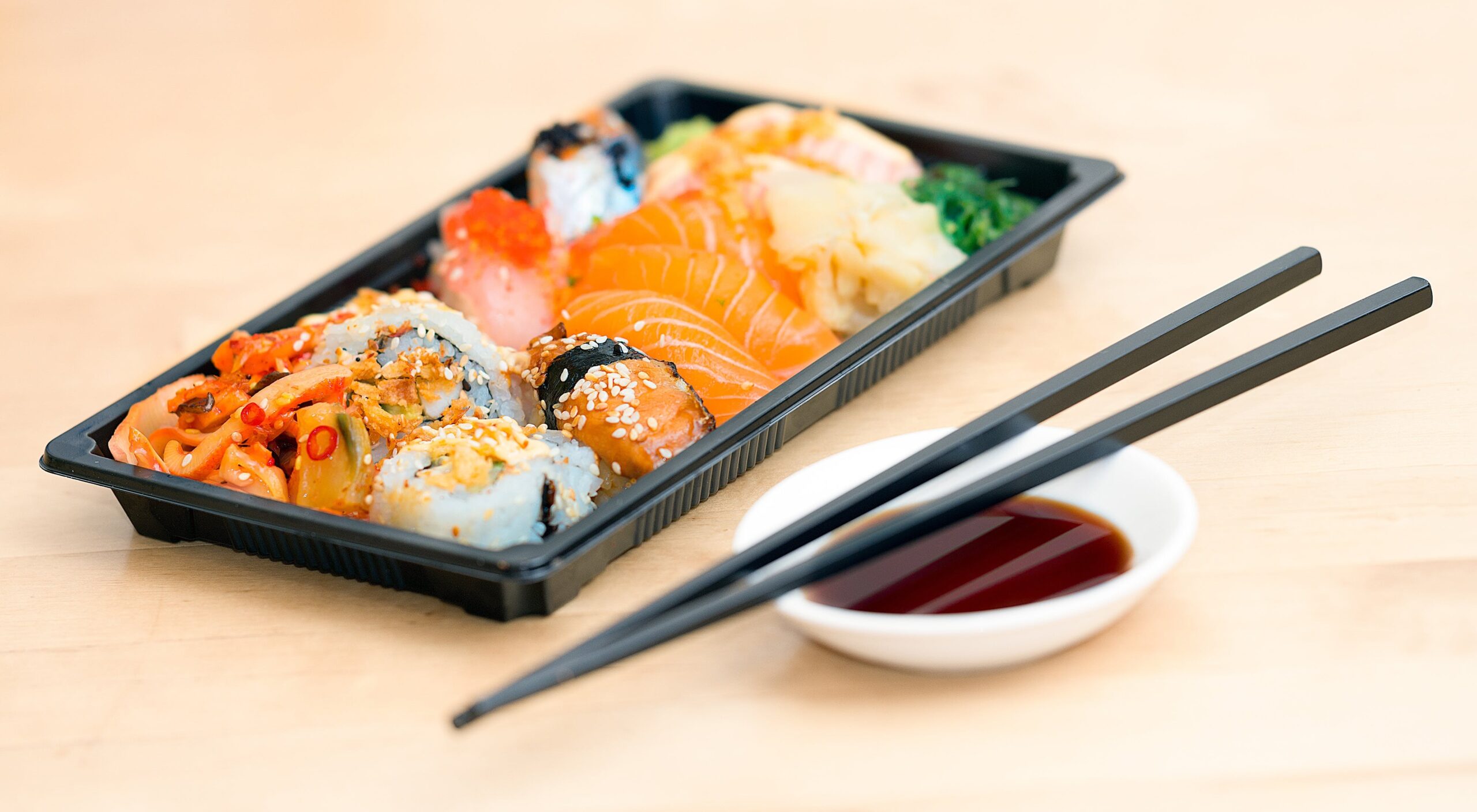Are you tired of plain, ordinary dishes that lack depth of flavor? Look no further than the perfect pan sauce to elevate your meals to new heights. In this culinary adventure, Tastepan’s expert cooking tips and techniques will guide you through the art of creating irresistible pan sauces that will transform your dishes from ordinary to extraordinary. Discover the secrets to unlocking the full potential of your ingredients and learn how to add that extra dimension to your cooking. Get ready to impress your taste buds and elevate your dish to a whole new level with the perfect pan sauce.

Choosing the Right Pan
Material Matters
When it comes to choosing the right pan for your pan sauce, the material of the pan can make a big difference in the final results. Different materials conduct heat differently, which can affect how your ingredients cook and how the flavors develop.
Stainless steel pans are a popular choice for making pan sauces as they heat evenly and are non-reactive, meaning they won’t react with acidic ingredients. Cast iron pans are another great option, as they retain heat well and can create a beautifully caramelized fond. Non-stick pans can also work, but be careful not to overheat them, as high heat can damage the non-stick coating.
Size and Shape
The size and shape of your pan can also impact the cooking process and the final outcome of your pan sauce. A pan that is too small may cause overcrowding and prevent proper browning of your ingredients. On the other hand, a pan that is too large can cause the liquids to evaporate too quickly and result in a sauce that is too thick.
A medium-sized sauté pan with straight sides is often a good choice for making pan sauces. It provides enough surface area for browning your ingredients and enough depth to hold the liquid for deglazing the pan.
Handles and Weight
When choosing a pan for making pan sauce, consider the handles and weight of the pan. Look for a pan with sturdy, heat-resistant handles that are comfortable to hold. This will make it easier to maneuver the pan and pour the sauce.
The weight of the pan is also important. A heavier pan will retain heat better and provide more consistent cooking results. However, a heavy pan may also be more difficult to handle, especially when it is full of sauces and ingredients. Consider your own abilities and preferences when choosing the weight of your pan.
Prepping Your Ingredients
Mise en Place
Before beginning to make your pan sauce, it’s important to have all your ingredients prepped and ready to go. This French culinary term, “mise en place,” means “everything in its place.” By having all your ingredients measured, chopped, and organized before you start cooking, you can ensure that the cooking process will go smoothly and you won’t be scrambling to find or prepare ingredients while your sauce is cooking.
Trimming and Seasoning
To ensure the best flavor and texture in your pan sauce, it’s important to properly trim and season your ingredients. For meat or poultry, trim away any excess fat or connective tissue. This will prevent the sauce from becoming greasy and will allow the flavors of the meat to shine.
Seasoning is another crucial step in the prepping process. Be sure to season your proteins and vegetables with salt and pepper before cooking. This will enhance their natural flavors and create a solid foundation for your pan sauce.
Aromatics and Herbs
Aromatics and fresh herbs are key ingredients that can take your pan sauce to the next level. Aromatics, such as onions, garlic, and shallots, add depth of flavor and can create a rich base for your sauce. Sauté them in the pan before adding other ingredients to release their flavors.
Fresh herbs, like thyme, rosemary, and parsley, can add a burst of freshness to your pan sauce. Chop them finely and add them towards the end of cooking to preserve their vibrant flavors. Experiment with different combinations of aromatics and herbs to create unique and delicious pan sauces.

The Searing Technique
Selecting the Protein
The first step in the searing technique is selecting the right protein for your pan sauce. While pan sauces can be made with a variety of proteins, such as chicken, beef, pork, or fish, it’s important to choose cuts that are suitable for searing. Look for proteins that have a good amount of fat and marbling, as this will help to create a flavorful and tender pan sauce.
Proper Preheating
Before you start searing your protein, it’s crucial to preheat your pan properly. This will ensure that your protein gets a nice golden crust and locks in the juices. Heat your pan over medium-high heat for a few minutes until it is hot but not smoking.
Adding Oil and Protein
Once your pan is hot, add a small amount of oil to the pan and swirl it around to coat the bottom. The oil will prevent the protein from sticking to the pan and help with the browning process. Carefully add your seasoned protein to the hot pan, making sure not to overcrowd the pan. This will allow the protein to sear evenly and develop a flavorful crust.
Building Flavor with Fond
Deglazing the Pan
After searing your protein, you’ll often be left with flavorful brown bits stuck to the bottom of the pan. This is known as fond and it’s a treasure trove of flavor for your pan sauce. To release the fond, remove the protein from the pan and set it aside.
Choosing the Liquid
The next step in building flavor with fond is choosing the right liquid for deglazing the pan. Common options include wine, stock, broth, or a combination of these. The choice of liquid will depend on the flavors you want to achieve and the dish you are making.
Scraping and Reducing
When deglazing the pan, pour the chosen liquid into the hot pan and scrape the bottom with a wooden spoon or a spatula to loosen the brown bits. This will incorporate the fond into the liquid and infuse your pan sauce with rich flavor. Allow the liquid to simmer and reduce until it reaches your desired consistency.

Incorporating Wine or Alcohol
Choosing the Right Wine
Incorporating wine into your pan sauce can add complexity and depth of flavor. When choosing a wine, opt for a dry variety that complements the flavors of your dish. Red wines often pair well with beef or lamb, while white wines work well with poultry or fish. Consider the flavors you want to highlight and choose a wine that will enhance those flavors.
Adding Alcohol to the Sauce
To incorporate wine or other alcohol into your pan sauce, pour it into the hot pan after deglazing. Be cautious when adding alcohol to a hot pan, as it can create a burst of flame. Tilt the pan away from you and use a long-handled lighter or match to ignite the alcohol, if desired. This step can add a touch of flair to your cooking process.
Cooking Off the Alcohol
If you choose to add alcohol to your pan sauce, it’s important to allow it to cook off before proceeding with the rest of the sauce. Cooking off the alcohol helps to mellow out its flavors and prevent the sauce from having a harsh taste. Continue cooking the sauce until the alcohol has evaporated and the flavors have melded together.
Adding Depth with Stock or Broth
Selecting the Stock
Stock or broth is another common addition to pan sauces, as it adds richness and depth of flavor. When selecting a stock or broth, choose one that complements the flavors of your dish. For example, chicken stock pairs well with poultry, while beef stock works well with beef or lamb.
Chicken, Beef, or Vegetable Broth
Depending on the dish you are making, you can choose to use chicken, beef, or vegetable broth in your pan sauce. Chicken broth adds a subtle, savory flavor, while beef broth adds richness and depth. Vegetable broth can be a good option for vegetarian or lighter dishes. Experiment with different broths to find the one that best enhances the flavors of your pan sauce.
Simmering and Reducing
Once you have added your chosen stock or broth to the pan sauce, allow it to simmer and reduce. This will concentrate the flavors and create a thicker, more flavorful sauce. Keep an eye on the sauce, stirring occasionally, until it reaches your desired consistency.
Enhancing Flavor with Aromatics
Garlic and Shallots
Aromatics such as garlic and shallots can elevate the flavors of your pan sauce. Add them to the pan after deglazing and cooking off the alcohol. Sauté them until they become fragrant and slightly softened. This will infuse the sauce with their aromatic qualities and enhance the overall taste.
Onions and Leeks
Similar to garlic and shallots, onions and leeks can add depth of flavor to your pan sauce. Chop them finely and add them to the pan after deglazing and cooking off the alcohol. Sauté them until they become translucent and slightly caramelized. This will add a subtle sweetness to your pan sauce.
Sweating or Sautéing
When incorporating aromatics into your pan sauce, you can choose to sweat them or sauté them. Sweating involves cooking the aromatics over low heat until they become soft and translucent, releasing their flavorful compounds. Sautéing, on the other hand, involves cooking the aromatics over medium-high heat until they become golden brown and slightly caramelized. Both methods can add depth and complexity to your pan sauce, so choose the one that suits your desired flavor profile.
Balancing with Acidity
Citrus Juices
Acidity is an important element in balancing the flavors of your pan sauce. Citrus juices, such as lemon, lime, or orange, can add a bright and refreshing acidity to your sauce. Squeeze the juice of the citrus fruit into the pan sauce, stirring well to incorporate. Start with a small amount and taste as you go, adjusting the acidity to your preference.
Vinegar Varieties
Another way to add acidity to your pan sauce is by using vinegar. Different varieties of vinegar, such as balsamic, red wine, or apple cider vinegar, can add unique flavors and nuances to your sauce. Add the vinegar gradually, tasting as you go, until you achieve the desired level of acidity. Be cautious not to add too much, as it can overpower the other flavors in your pan sauce.
Adding at the Right Time
When adding acidity to your pan sauce, timing is key. Acidic ingredients, such as citrus juices or vinegar, are generally added towards the end of the cooking process. This allows the flavors to meld together and prevents the acid from becoming too harsh or bitter. Taste and adjust the acidity level just before serving to ensure a perfectly balanced pan sauce.
Thickening and Binding
Creating a Slurry
If you find that your pan sauce needs to be thickened, you can create a slurry to achieve the desired consistency. A slurry is a mixture of a thickening agent, such as cornstarch or flour, and a liquid, such as water or stock. Combine the thickening agent with the liquid in a separate bowl and whisk until smooth. Gradually add the slurry to the pan sauce, stirring constantly, until it reaches the desired thickness.
Roux or Beurre Manié
Another option for thickening your pan sauce is to make a roux or beurre manié. A roux is a mixture of flour and fat, usually equal parts by weight, that is cooked together to create a thick paste. Beurre manié is a mixture of equal parts soft butter and flour, formed into small balls. Add the roux or beurre manié to the pan sauce and whisk well to incorporate. Allow the sauce to simmer and thicken, stirring constantly.
Adding Cream or Butter
To add richness and creaminess to your pan sauce, you can incorporate cream or butter. Adding a splash of heavy cream or a knob of butter towards the end of cooking can take your sauce to the next level. Swirl in the cream or butter and stir gently until it is fully incorporated. This will create a velvety texture and add a luxurious element to your pan sauce.
Finishing Touches
Seasoning with Salt and Pepper
Before serving your pan sauce, be sure to season it with salt and pepper to taste. Seasoning at the end allows you to adjust the flavor and ensure that the sauce is perfectly balanced. Add salt and pepper gradually, tasting as you go, until you achieve the desired level of seasoning.
Incorporating Fresh Herbs
Fresh herbs can add a burst of freshness and vibrancy to your pan sauce. Chop them finely and sprinkle them over the sauce just before serving. Herbs like parsley, basil, or chives can add a pop of color and a refreshing flavor that complements the other elements of your dish.
Adding Butter for Gloss
For a final touch of richness and shine, you can add a small amount of cold butter to your pan sauce just before serving. This technique, known as “mounting” the sauce with butter, creates a silky texture and adds a glossy finish. Swirl in the butter until it is fully melted and incorporated, then serve immediately.
By following these steps and techniques, you can elevate your dishes and create delicious and flavorful pan sauces. Experiment with different ingredients and flavors to find your own signature pan sauce recipe. With practice and a sense of adventure, you’ll soon become a master at creating the perfect pan sauce every time. Happy cooking!

